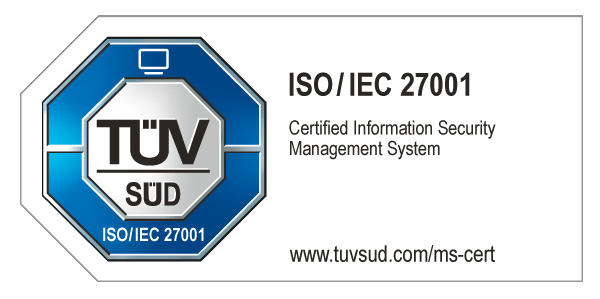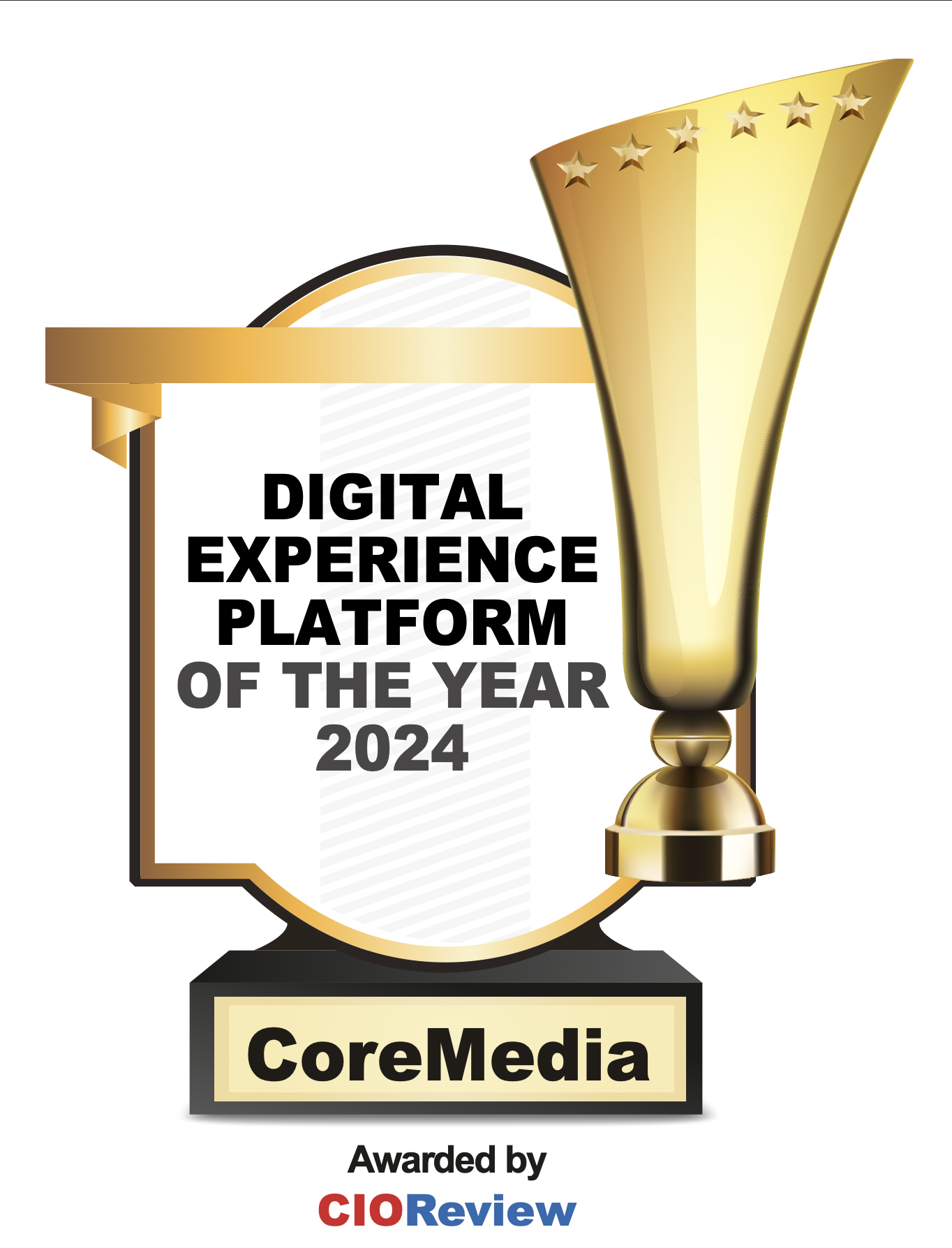There’s no doubt about it – “sustainability” is the topic on everyone’s minds right now. It’s hard to define, but it’s also more than just a buzzword. Sustainability generally speaks to the idea that goods and services should be manufactured and utilized in ways that do not use irreplaceable natural resources and avoid causing damage to the environment.
It’s undeniable that sustainability is important. In fact, 90% of executives believe exactly this. The implementation of sustainable strategies, however, is still a challenge. Only 60% of organizations have an articulated strategy in place.
Yet, plenty of factors demand that your organization enact a strategy to implement environmental, social, and governance (ESG) outcomes as quickly as possible. Gartner Research found that 85% of institutional investors were motivated by ESG factors in their 2020 investments, and 91% of banks monitor the longer term ESG performance of their investments.
But it’s not just investors applying pressure. Consumers are also broadly demanding accountability and are paying more attention to how they spend their money, with ethical responsibility in mind. Over 70% of Gen-Z consumers have said they are actually willing to spend more money on products that have been made sustainably. With the changing expectations of the younger generations continuously on the rise, writing sustainability into corporate strategy seems non-negotiable.
We’ve heard quite a bit about reducing the material impacts of corporations via the consumption of natural materials, but the conversation around software has been less robust.
Software is without a doubt the foundation of almost all intelligent solutions created to support the environment. We all know how crucial it is in campaigns to stop deforestation and cut emissions. However, software contributes significantly to a rapidly-expanding carbon footprint. In fact, many of the environmental issues that newer, widespread digital technologies are meant to address are actually getting worse.
Despite being an often-overlooked step, developing a sustainable technology plan for your organization is critical. Companies can make software an integral component of their sustainability initiatives by including green practices and goals as evaluation criteria for CIO performance reviews and evaluating software performance based on energy efficiency, in addition to more conventional metrics such as functionality, security, scalability, and accessibility.
Making sure you’re working with the right hardware and vendors, including choosing those with transparent practices, and optimizing your IT resources ensures you’re getting the best outcome with the least possible waste. In turn, providing transparent information on your own supply chain and fair practices reaffirms to your customers your commitments to corporate social responsibility, in addition to minimizing your risk from an investment standpoint.
Change doesn’t happen overnight, but incorporating software into your organization’s sustainability plan today is a great first step. It’s also an important nod to the future of our world – which we all share accountability for.








